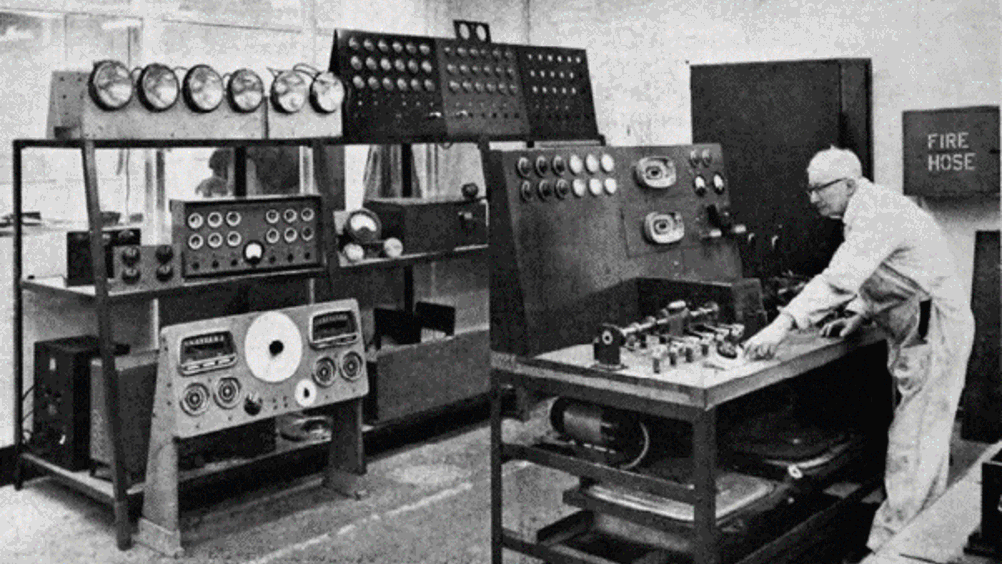April 1960: Vauxhall Motors’ Luton plant
April 1960 saw The Engineer publish a report of a visit to what is now the UK’s oldest surviving car brand, namely Vauxhall Motors.

The company’s first model, produced in 1903, was a five-horsepower single-cylinder vehicle steered using a tiller, with two forward gears and no reverse gear. Seventy of these vehicles were produced before modifications were introduced that provided wheel steering and a reverse gear.
The company moved to Luton in 1905 and by February 1959 the two-millionth car to be built at the Bedfordshire plant came off the production line. According to Luton Today, this production milestone was a cause for celebration and local MP Dr Charles Hill joined management and staff in honouring the occasion.
SEE THE ORIGINAL 1960 ARTICLE HERE
The purpose of The Engineer’s visit was lower key, concentrating as it did on two new extensions at Vauxhall’s engineering department in the form of a dynamometer building and a component test facility.
“The new engine test building, which has been designed for extension to include eventually a chassis dynamometer and a vehicle cold room, uses exclusively electric dynamometers supplied from motor/generator sets, and tests simulating exactly the load-speed relationship of road running are conducted under automatic control,” our reporter noted. “We observed an experimental Bedford 300 cubic inch oil engine with an AiResearch turbocharger running on a 6000rpm G.E.C. dynamometer with Emery hydraulic torque sensing; the supercharger speed was monitored by an inductive pick-off detecting the passage of a permanent magnet on the impeller and passing the pulses to a Berkeley timer with direct digital readout.”
Register now to continue reading
Thanks for visiting The Engineer. You’ve now reached your monthly limit of premium content. Register for free to unlock unlimited access to all of our premium content, as well as the latest technology news, industry opinion and special reports.
Benefits of registering
-
In-depth insights and coverage of key emerging trends
-
Unrestricted access to special reports throughout the year
-
Daily technology news delivered straight to your inbox










UK Enters ‘Golden Age of Nuclear’
The delay (nearly 8 years) in getting approval for the Rolls-Royce SMR is most worrying. Signifies a torpid and expensive system that is quite onerous...